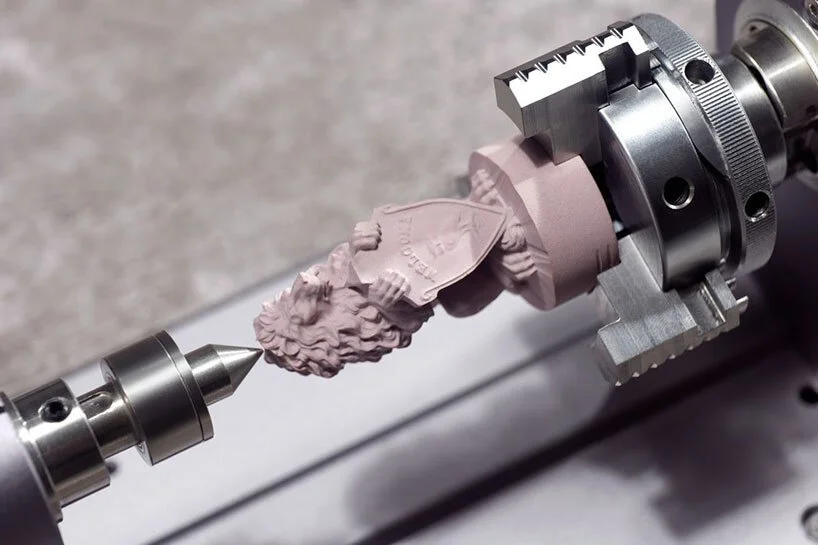Reductive machining.
CNC machining, or Computer Numerical Control (CNC) machining, offers a wide range of possibilities across various industries and applications. Here are some of the key possibilities enabled by CNC machining:
Precision and Accuracy: CNC machining provides high precision and accuracy in manufacturing. It allows for the production of intricate and complex parts with tight tolerances, ensuring consistent quality and reliable performance.
Versatility: CNC machining can work with a wide range of materials, including metals (such as aluminum, steel, titanium), plastics, wood, and composites. This versatility makes it suitable for various industries, including automotive, aerospace, electronics, medical, and more.
Complex Geometries: CNC machining can produce parts with complex shapes, contours, and features that may be difficult or time-consuming to achieve with manual machining processes. It enables the creation of intricate designs, internal cavities, and precise details.
Customization and Prototyping: CNC machining allows for rapid prototyping and the production of custom parts. It offers the flexibility to easily iterate and refine designs, making it suitable for one-off or small-batch manufacturing.
Large-Scale Production: CNC machining is scalable, making it suitable for large-scale production runs. Once the machine is programmed and set up, it can consistently produce high-quality parts with efficiency and repeatability.
Multi-Axis Machining: CNC machines often have multiple axes of movement, such as 3-axis, 4-axis, or 5-axis capabilities. This allows for the machining of complex parts from various angles and orientations, reducing the need for multiple setups and improving efficiency.
Surface Finishing and Post-Processing: CNC machining can achieve precise surface finishes, such as smooth or textured surfaces, as required by the design or application. It can also perform post-processing operations like drilling, tapping, threading, and milling on the same machine, reducing the need for additional processes.
Automation and Efficiency: CNC machining is highly automated, reducing the need for manual labor and minimizing human errors. Once the machining program is set up, the machine can operate autonomously, freeing up operators to focus on other tasks.
Integration with CAD/CAM Software: CNC machining can seamlessly integrate with computer-aided design (CAD) and computer-aided manufacturing (CAM) software. This integration allows for precise design-to-machining translation, efficient tool path generation, and optimization of machining parameters.
Material Options: CNC machining can work with a wide range of materials, including both ferrous and non-ferrous metals, plastics, composites, and even some ceramics. This material versatility enables the production of parts for different applications and industries.
These possibilities continue to expand as CNC machining technology advances, incorporating new features, improved automation, and enhanced capabilities. CNC machining offers a reliable and versatile manufacturing solution for producing high-quality, precise, and complex parts across various industries.
